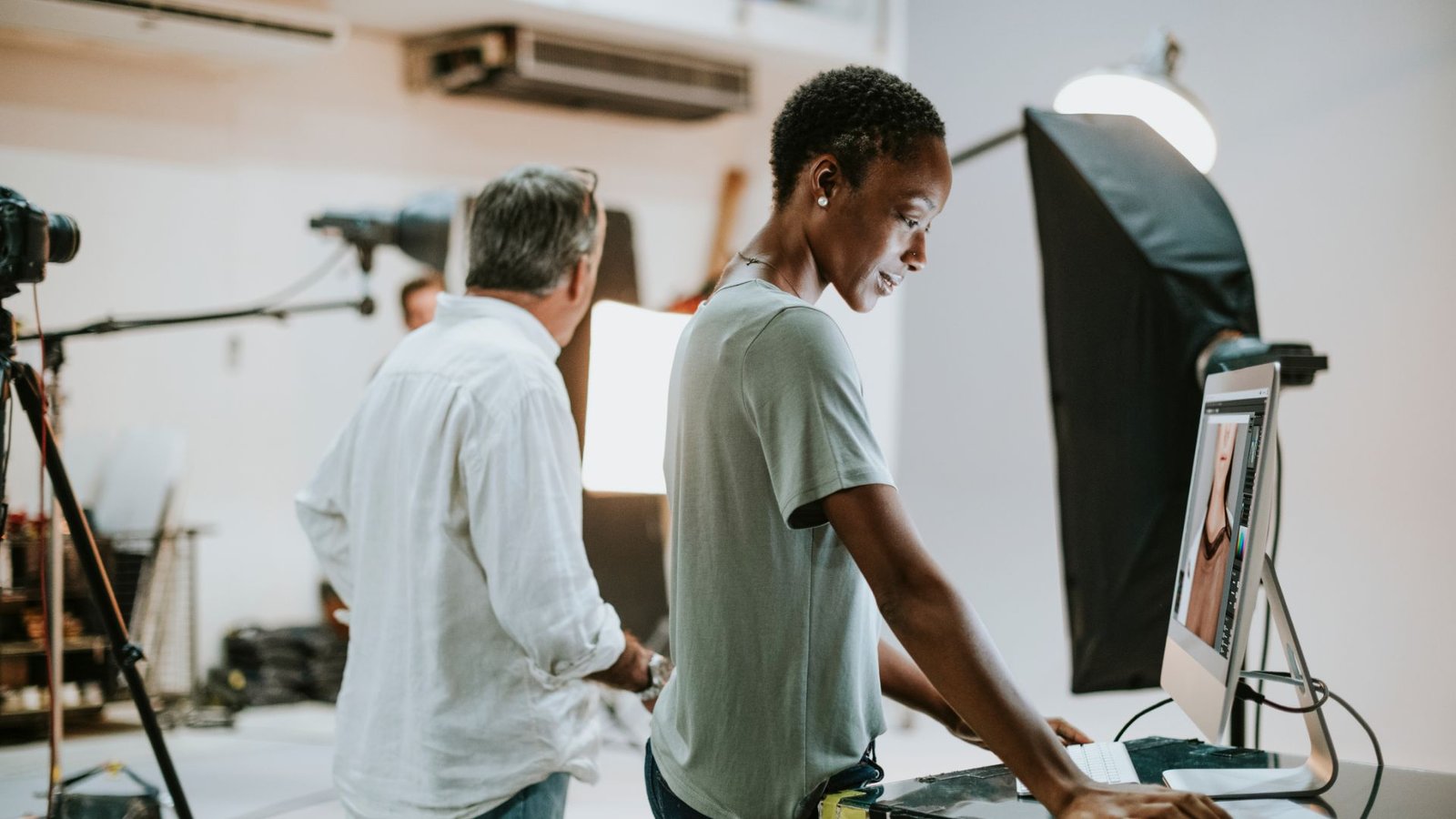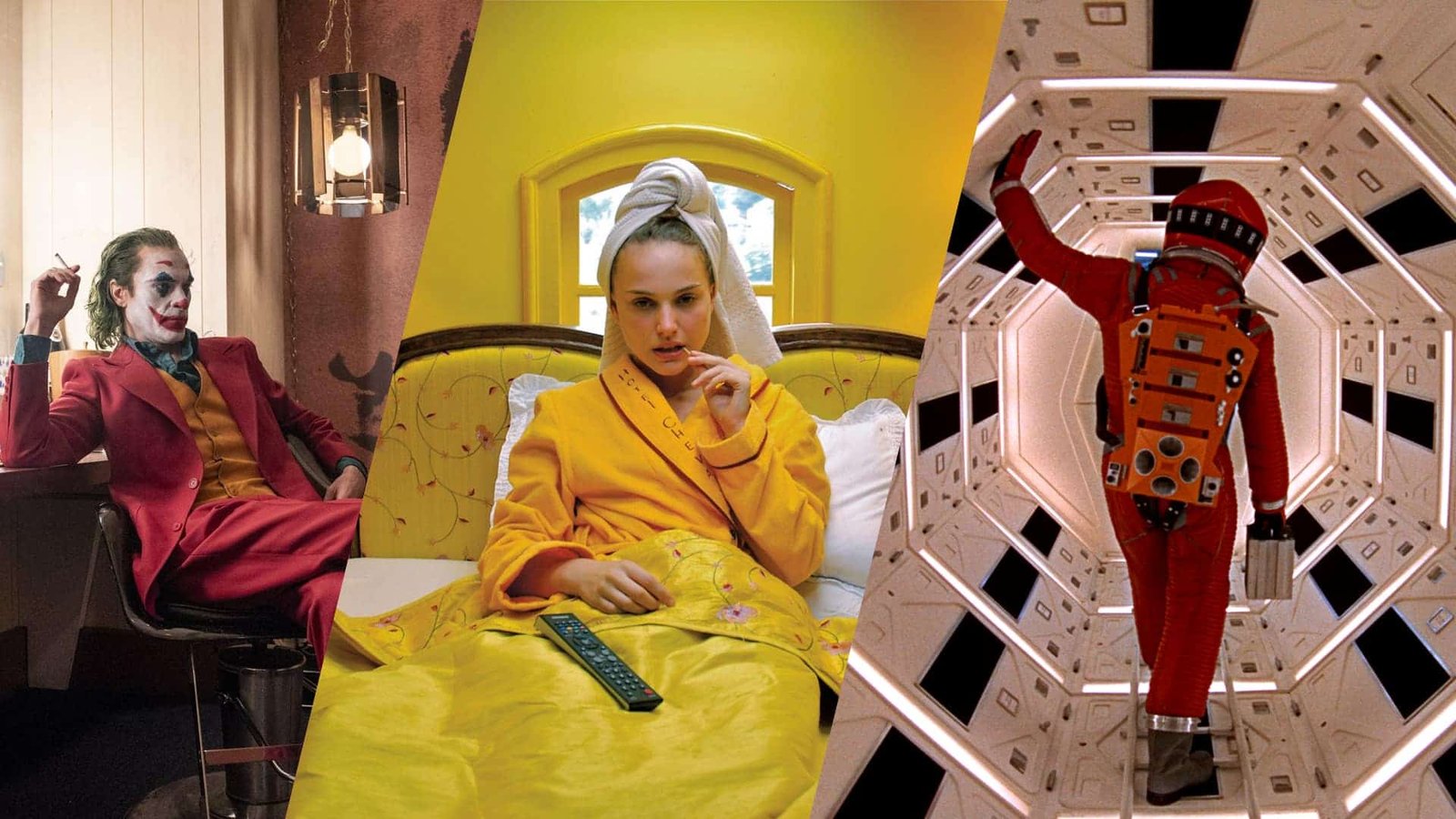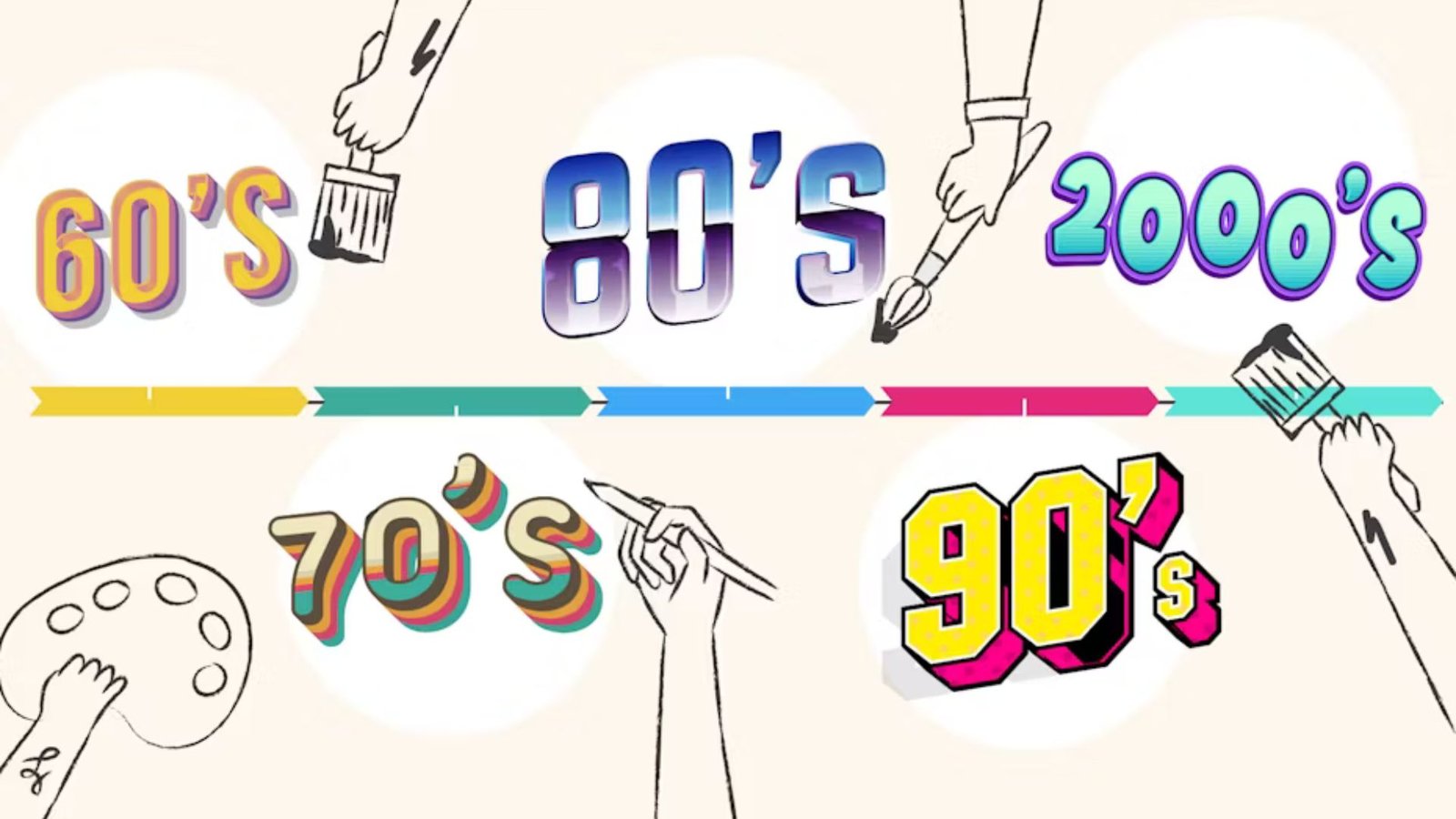Production design challenges in animated films are unique and complex. Unlike live-action films, animated films require designers to build entire worlds from scratch, which presents both creative opportunities and obstacles. In this blog post, we will examine the key production design challenges in animated films and discuss how designers address these issues to bring animated stories to life.

Creating Unique Visual Styles
One major challenge in production design for animated films is creating unique visual styles. Each animated film often has its own distinctive look that reflects its story and setting. For example, a fantasy animation might use vibrant colors and whimsical shapes, while a sci-fi animation might feature sleek, futuristic designs. Developing these styles requires careful planning and creativity. Designers must consider how colors, shapes, and textures work together to create a cohesive and visually appealing world. By experimenting with different styles and techniques, designers overcome this challenge and achieve the desired visual impact.
Designing Detailed Environments
Another significant challenge is designing detailed environments. In animated films, every element of the environment, from the background to the smallest props, must be designed and animated. This level of detail adds depth to the story and enhances the audience’s immersion. However, creating these detailed environments can be time-consuming and resource-intensive. Designers use digital tools and software to streamline the process and ensure that each environment supports the narrative. For example, 3D modeling software allows designers to build and refine complex environments efficiently, helping to overcome the challenge of detailed design.
Maintaining Consistency
Maintaining consistency throughout an animated film is also a key challenge. Animated films often involve numerous scenes and characters, all of which must adhere to the established visual style and design rules. For instance, characters need to look the same from scene to scene, and environments must remain consistent in terms of color and design. To address this challenge, production teams use detailed style guides and reference materials. These tools help ensure that all design elements stay consistent and aligned with the film’s overall vision. Additionally, regular reviews and feedback sessions help catch any inconsistencies early on.
Balancing Creativity and Practicality
Balancing creativity and practicality is another important aspect of production design in animated films. While designers strive to create imaginative and visually stunning worlds, they must also consider the technical limitations and production constraints. For example, highly detailed designs might look great but could be difficult to animate or render efficiently. Designers must find a balance between creative vision and practical considerations to ensure that the animation process remains manageable and cost-effective. By prioritizing design elements and making thoughtful choices, designers can achieve a balance that supports both creativity and practicality.
Collaborating with Animation Teams
Collaboration with animation teams is essential for overcoming production design challenges. Designers work closely with animators, directors, and other team members to ensure that design elements integrate seamlessly with the animation process. For instance, designers might need to adjust environments or characters based on feedback from animators to ensure smooth movement and interaction. This collaborative approach helps address any issues that arise and ensures that the design supports the animation effectively. Open communication and teamwork are key to successfully navigating production design challenges in animated films.
Adapting to Changes and Feedback
Finally, adapting to changes and feedback is a crucial part of addressing production design challenges. During the production process, changes in the script, story, or direction may require adjustments to the design. Designers must be flexible and open to feedback to ensure that their work aligns with the evolving needs of the film. This might involve revising designs, reworking environments, or modifying character looks. By staying adaptable and responsive, designers can address challenges and make necessary changes while maintaining the film’s overall vision.
Conclusion
In conclusion, production design challenges in animated films involve creating unique visual styles, designing detailed environments, maintaining consistency, balancing creativity and practicality, collaborating with animation teams, and adapting to changes. Overcoming these challenges requires creativity, technical skill, and effective teamwork. By addressing these issues thoughtfully and strategically, designers contribute to the creation of visually stunning and engaging animated films. Understanding and navigating these challenges are essential for producing animations that captivate audiences and bring stories to life.




